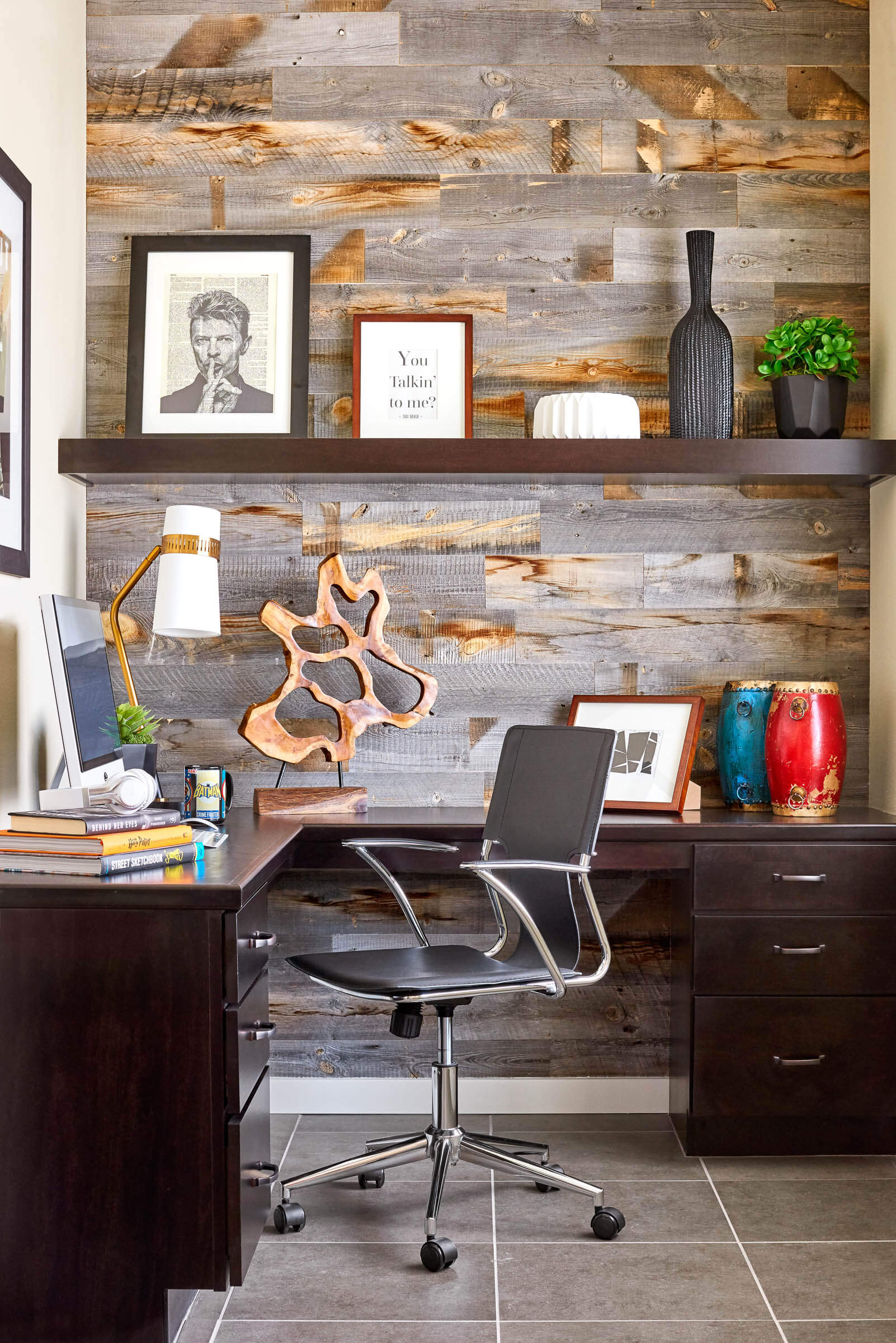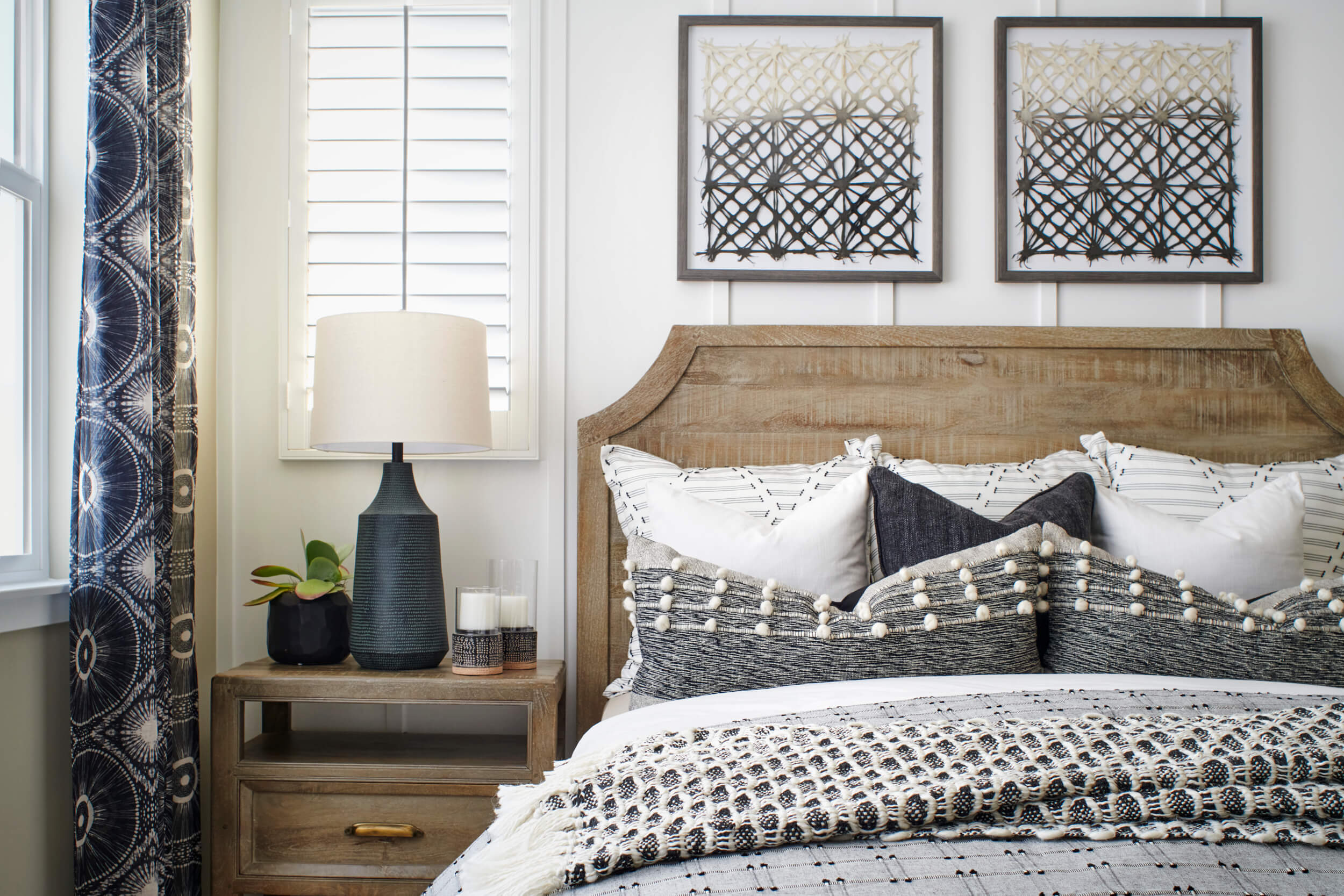Designing Happiness
Can design make us happier? That’s one of the central questions in the field of neuroaesthetics, a relatively new experimental science that studies how beauty stimulates aesthetic experiences in the brain, may help answer.
In architectural and interior design, pattern recognition and symmetry are both visually appealing and can trigger similar brain activity that occurs during meditation or other forms of deep relaxation. On the other side, a disruption of symmetry can create an unexpected imbalance that’s also pleasing to the eye.
Personality-based residential design aims to create a home’s look, feel, and flow to complement temperament and lifestyle preferences. Introverts and extroverts want different things in a floorplan, especially the use of shared and private spaces, and accommodating them in design can create a home that’s balanced and harmonious. While introverts may tend to favor distinct spaces with doors for quiet and privacy, it’s an extrovert’s world in contemporary home design, with open-concept floorplans that encourage interaction.
It has also been well documented that art can trigger the brain’s release of dopamine, a neurotransmitter that evokes feelings of pleasure and motivation. Being mindful of color theory and common color associations may also contribute to feelings of contentment and happiness, depending on the desired mood and purpose of a space. A good design team will seamlessly balance a client’s personality or brand with timeless design forms and emerging research to create beautifully functional spaces.























